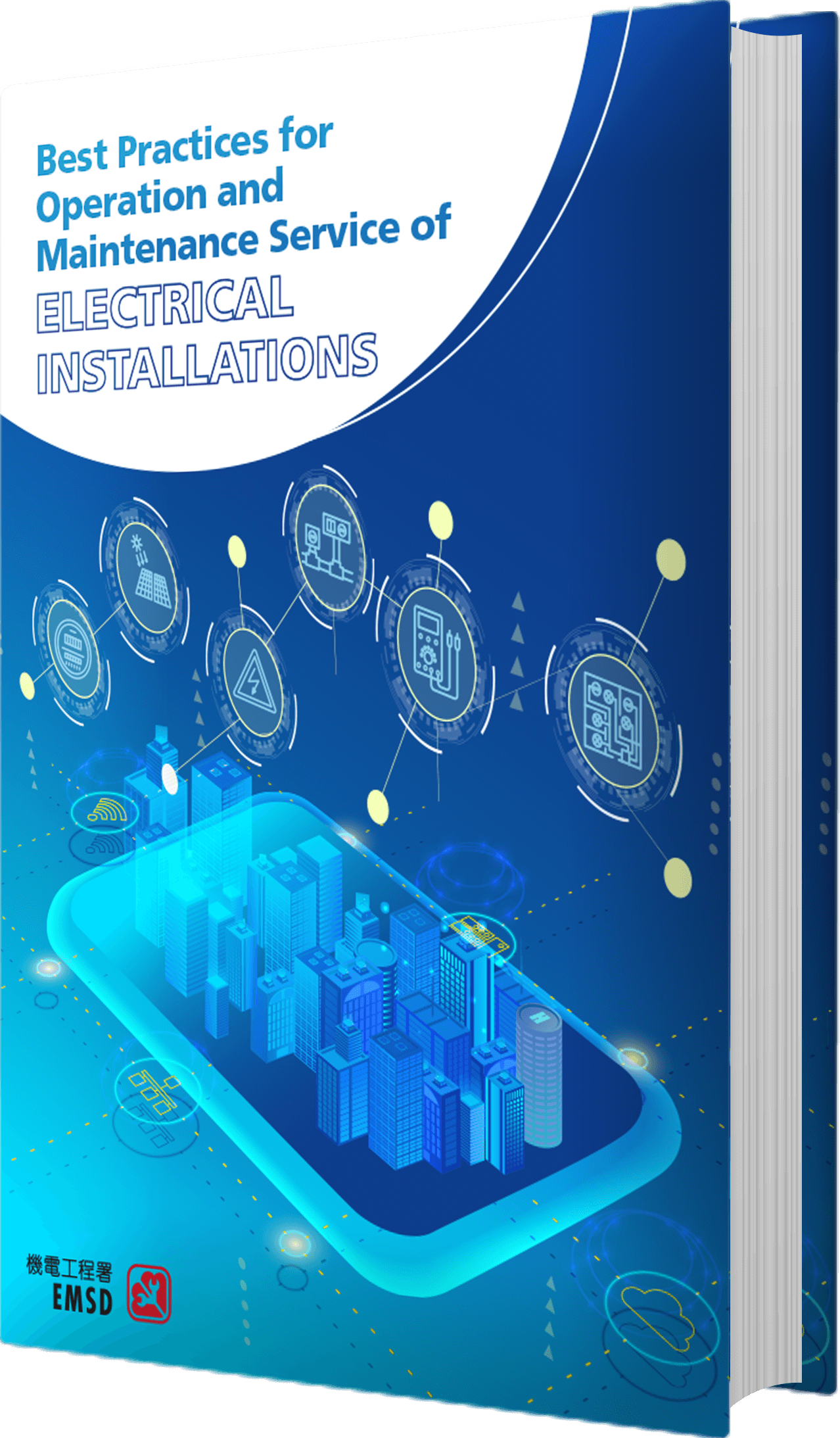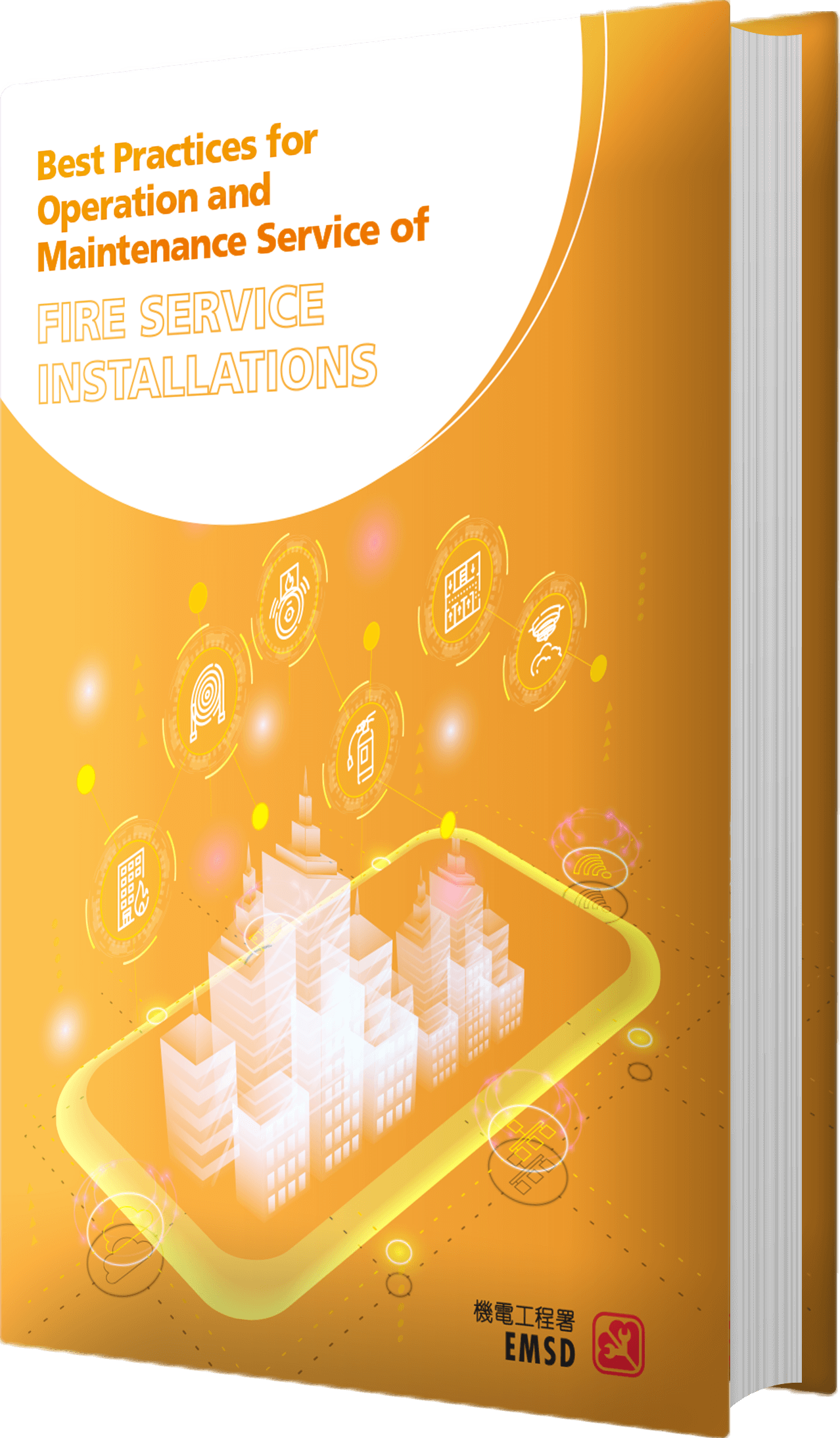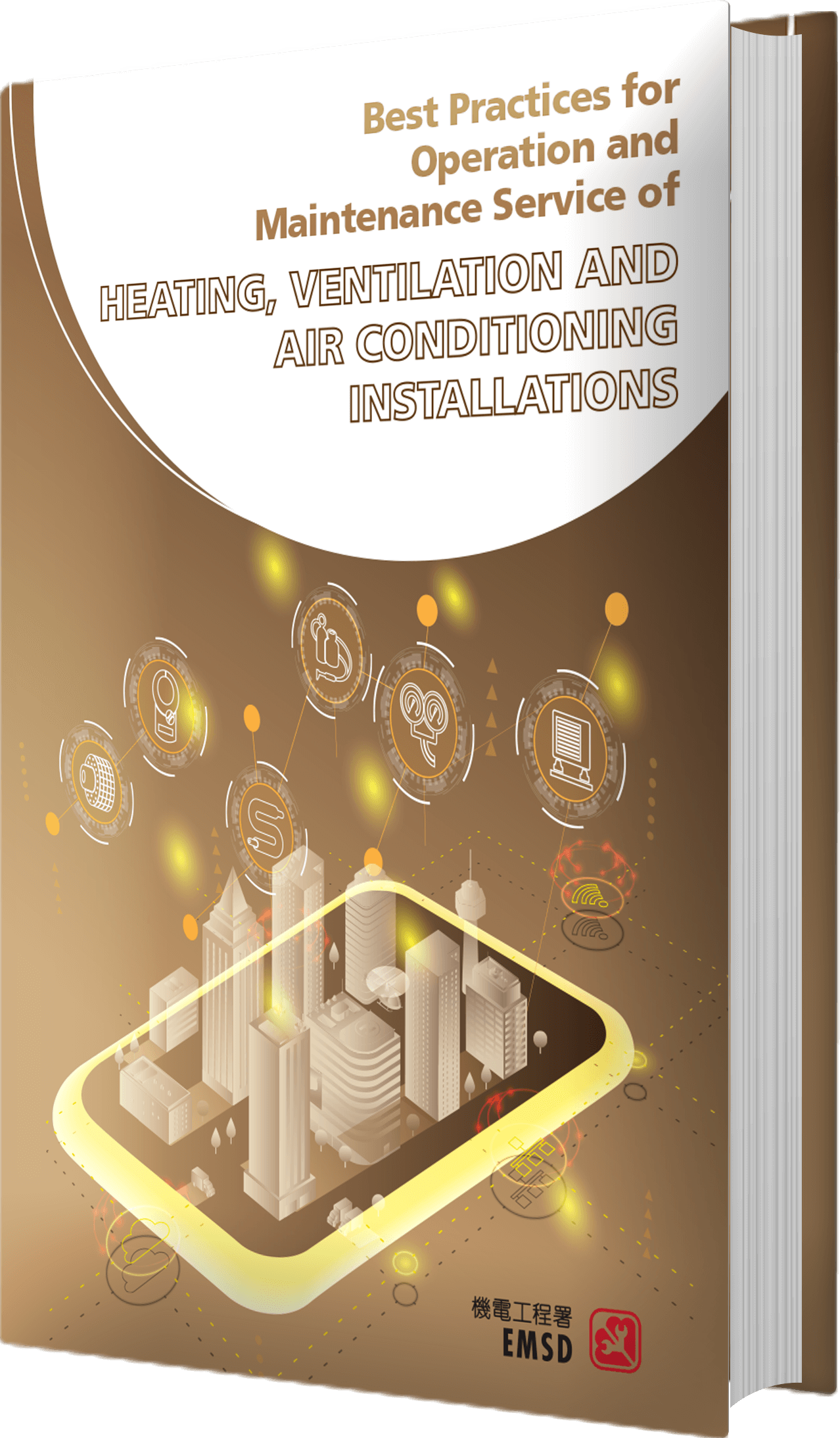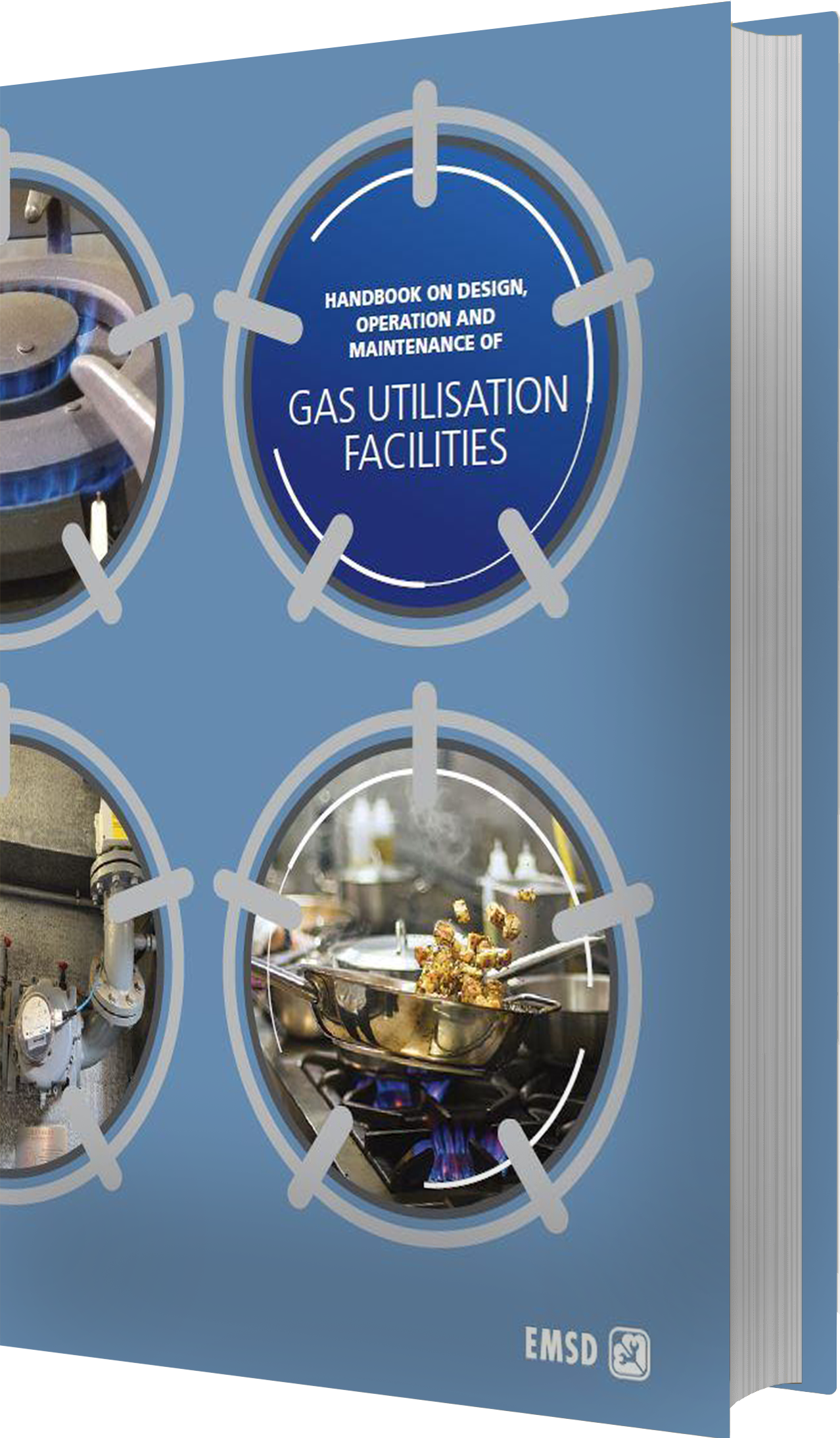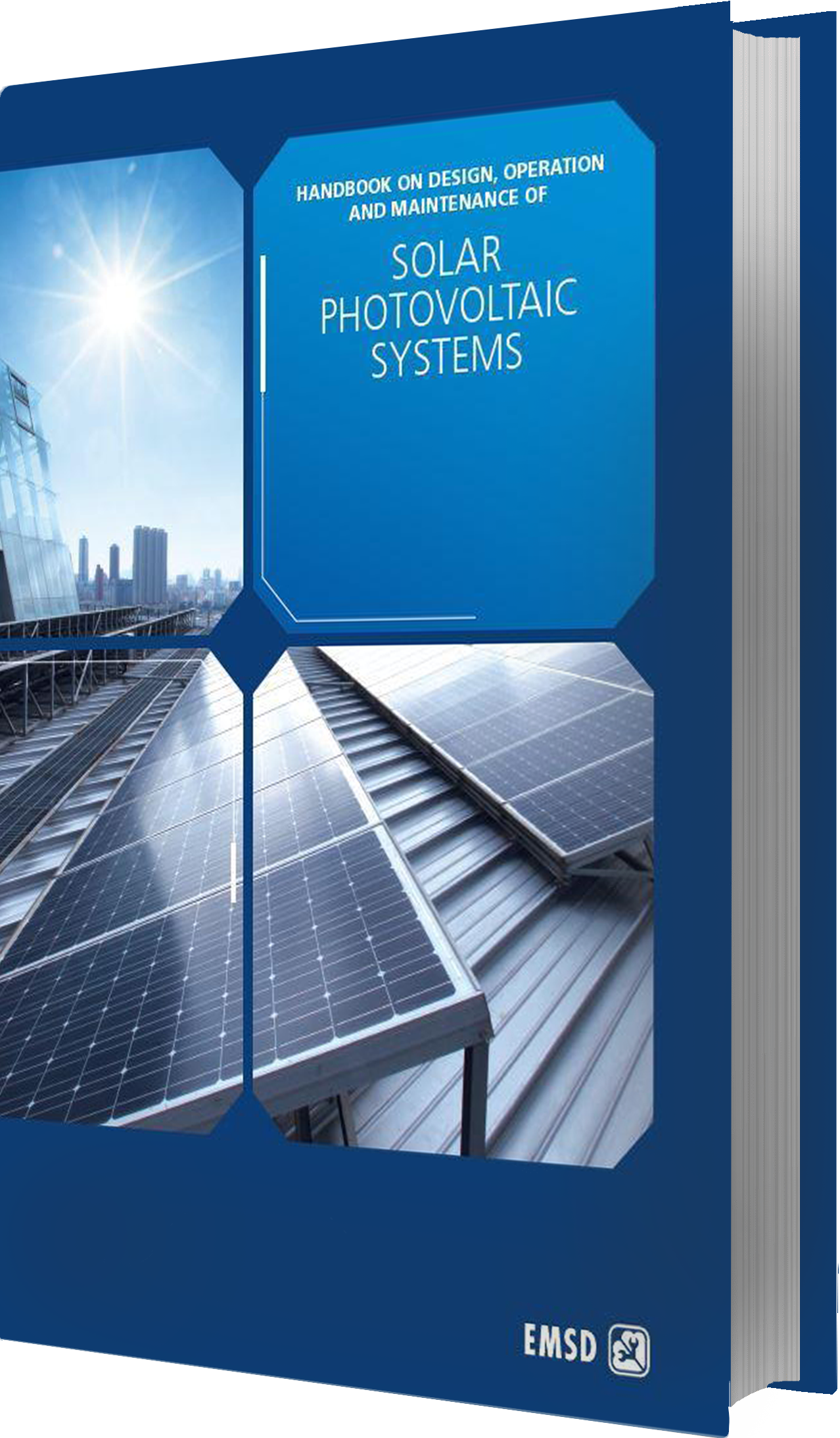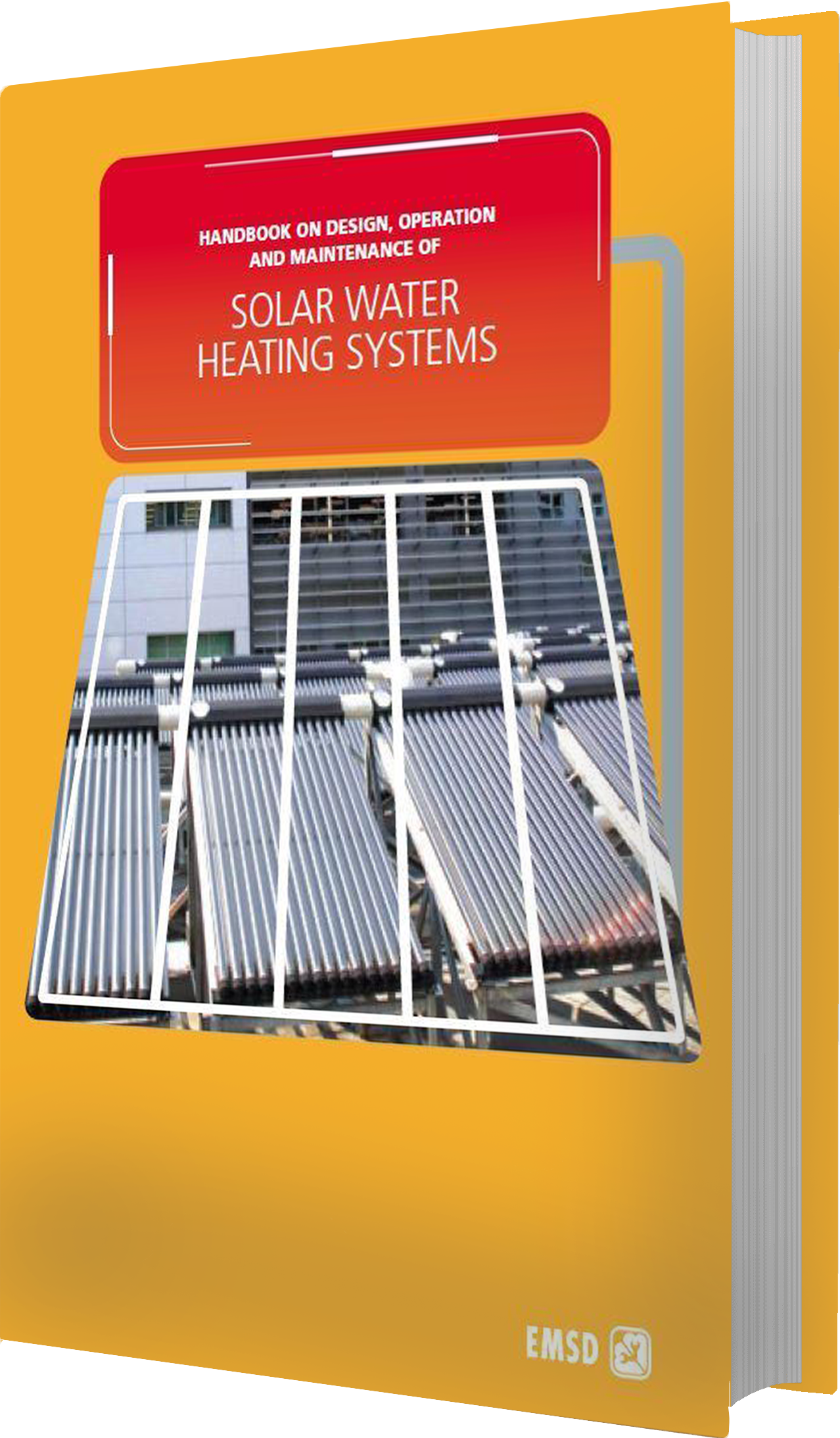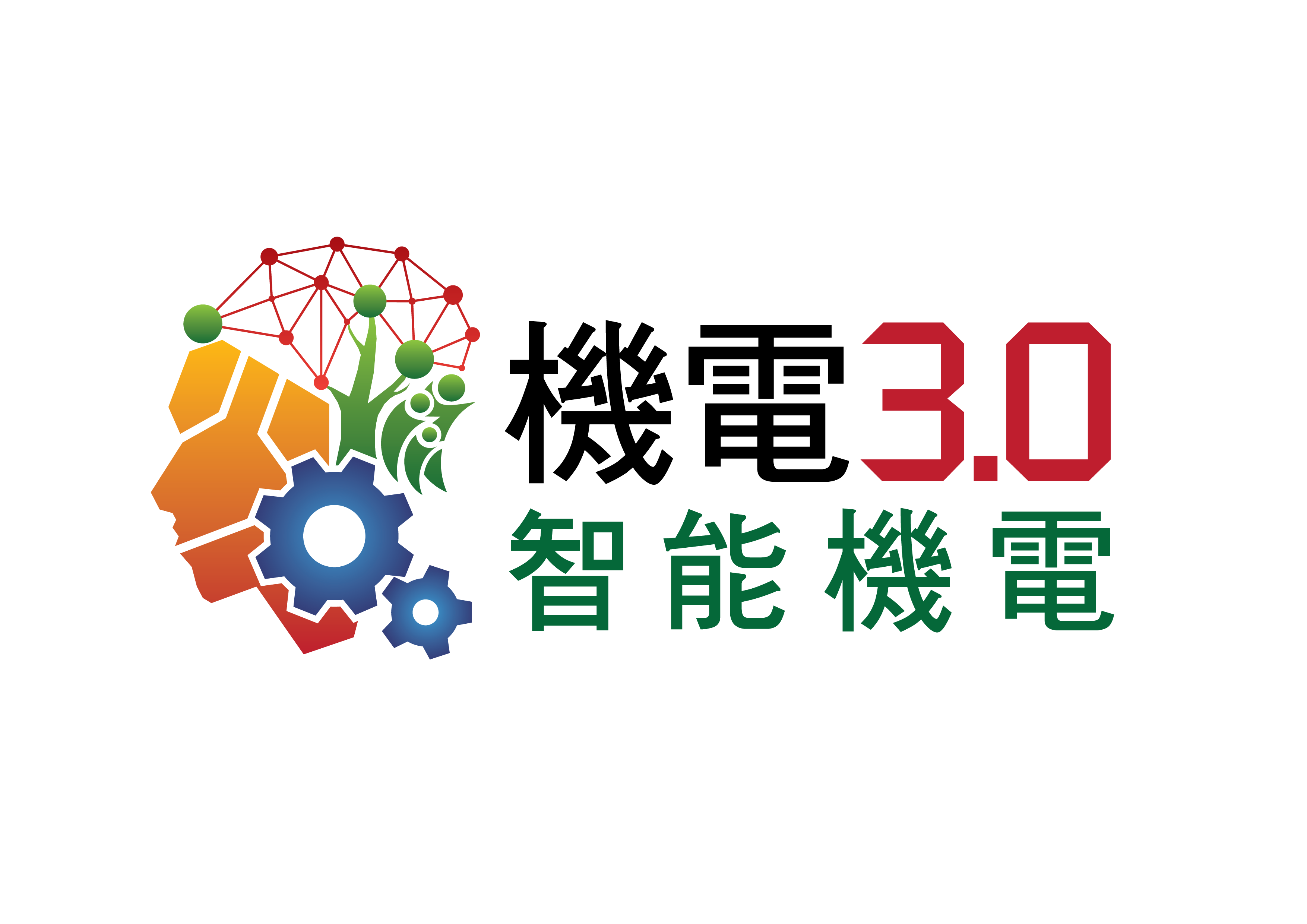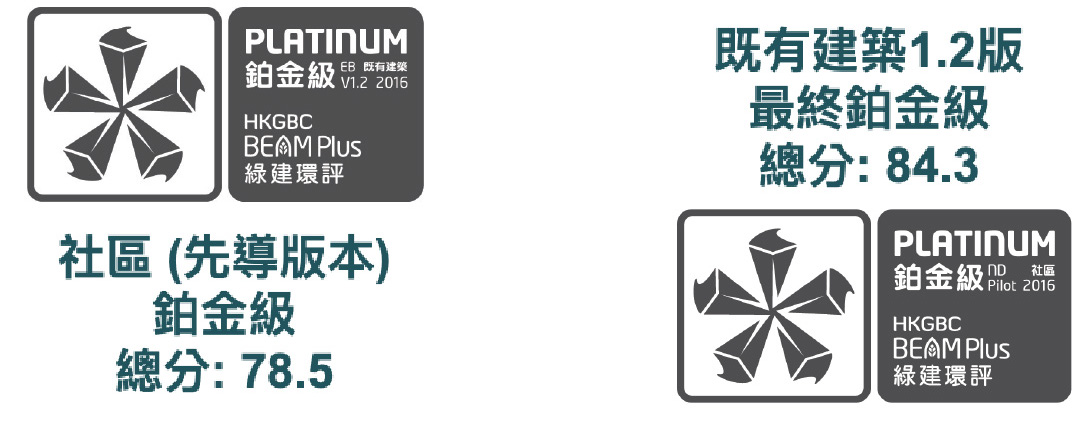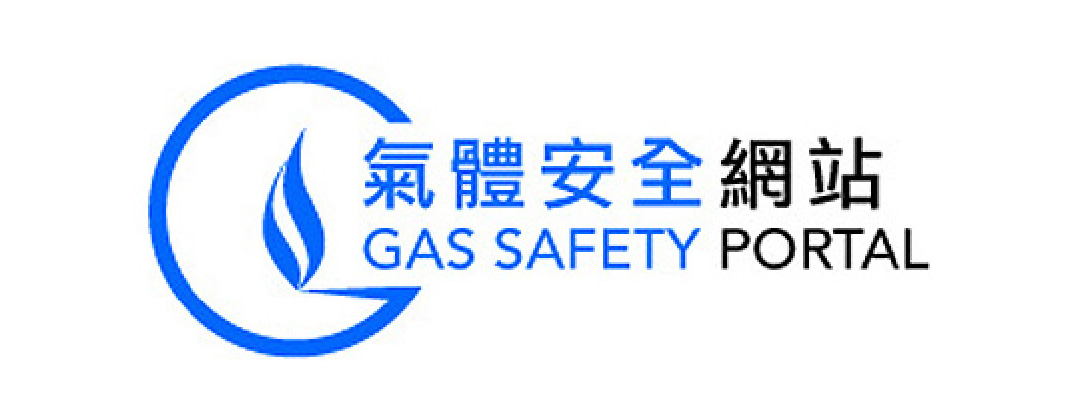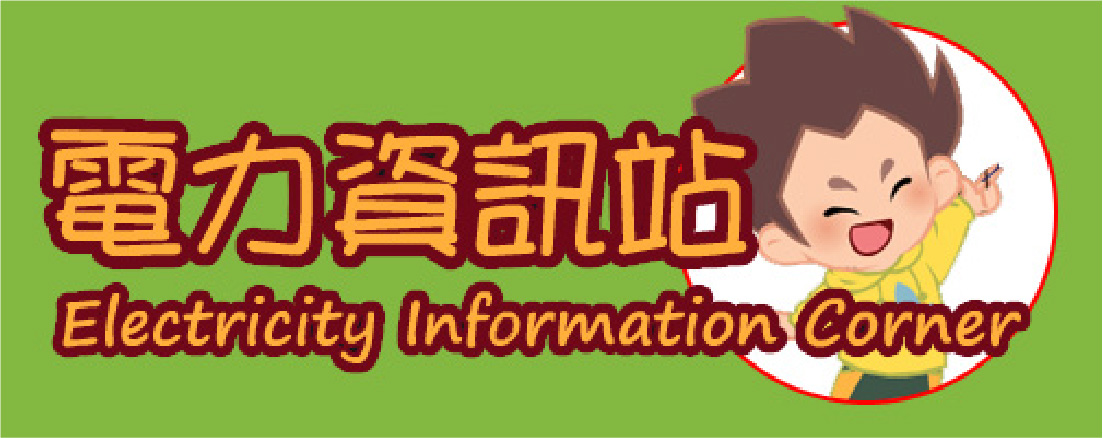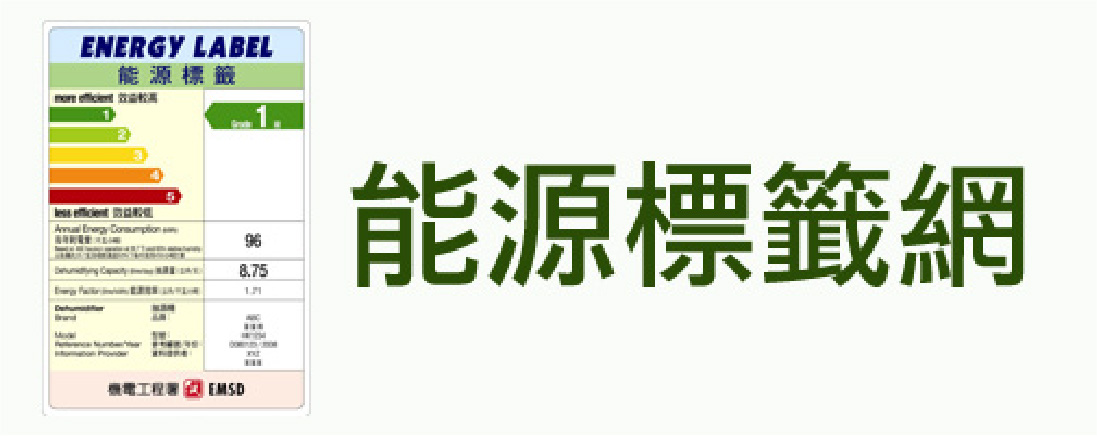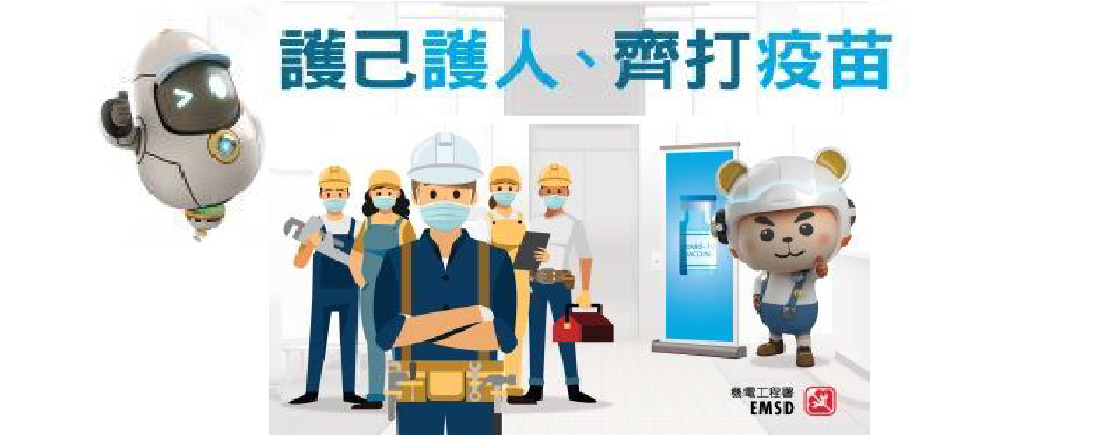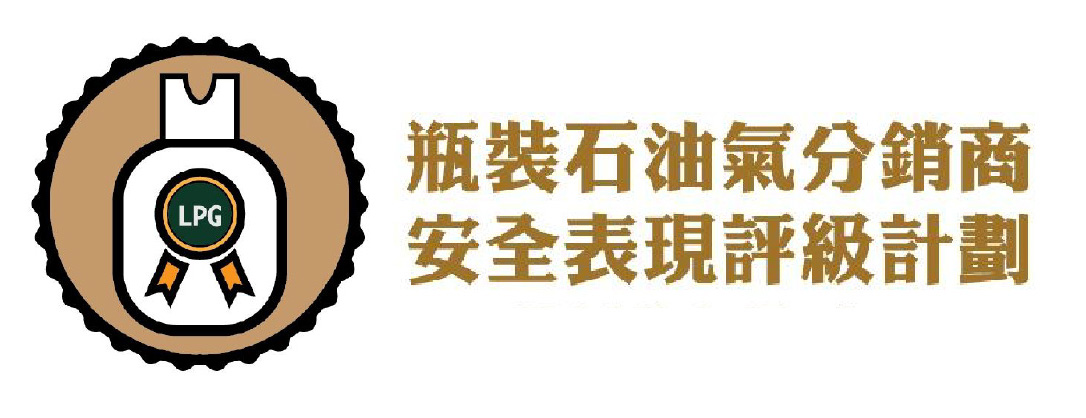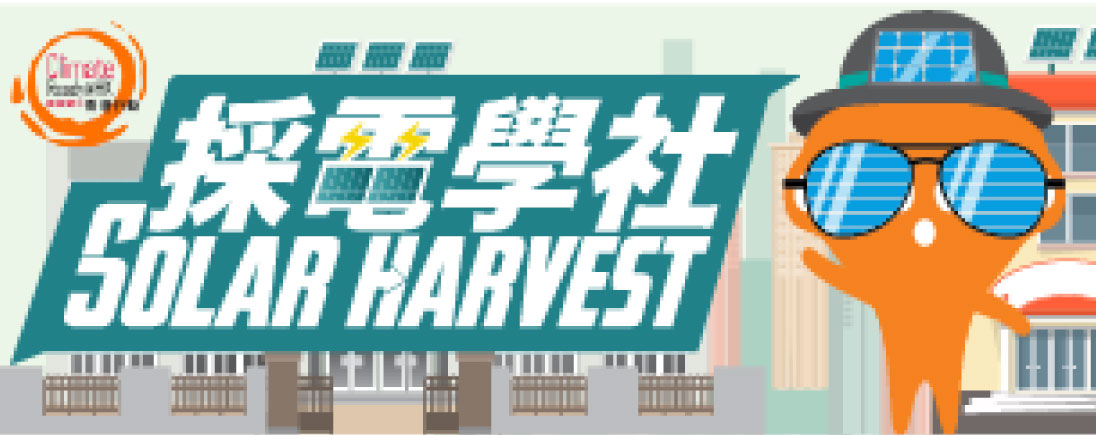1. Introduction
2. Design Considerations
3. Operation and Maintenance
4. Record/Documentation
5. Appendix A:Sample Checklist for Inspection and Testing of Solar PV Systems
Design Considerations
2.1 General
(1)
Solar Photovoltaic (PV) systems in Hong Kong can be classified into three main types as below:
a)
Standalone Systems
b)
Grid-connected PV Systems
c)
Hybrid PV systems
(2)
Most of the PV systems in Hong Kong are grid connected. Grid-connected PV systems shall meet grid connection requirements and approved by power companies before connecting to the grid. In accordance with the Electricity Ordinance (EO), the owner of a grid-connected PV system shall register it with and submit the form GF1 to the Director of Electrical and Mechanical Services (the Director) unless it forms part of an electrical installation that requires a periodic test certificate to be submitted to the Director under this Ordinance.
(3)
For technical requirements relating to grid-connected PV systems, refer to the “Technical Guidelines on Grid Connection of Renewable Energy Power Systems”.
(4)
For installation and regulatory requirements on the installation of PV systems, refer to the “Guidance Notes for Solar Photovoltaic (PV) System Installation”.
(5)
Regardless of the type of the PV system, sufficient maintenance access shall be provided for the circuit breaker panels and distribution boards, and all electrical work on the PV system shall only be carried out by an appropriate Registered Electrical Worker (REW) employed by a Registered Electrical Contractor (REC) and complying with the Code of Practice for the Electricity (Wiring) Regulations (CoP).

(6)
The major components of a PV system include PV modules, inverters, power optimisers, surge arresters, isolation transformers, batteries, battery charge controllers, performance monitoring systems, etc.
2.2 PV Modules
(1)
PV cells, which convert solar light into electricity, in the market can be classified into two main categories:
a)
Crystalline silicon (monocrystalline and polycrystalline)
b)
Thin-film (amorphous silicon, copper indium diselenide (CIS) and Cadmium-telluride cells (CdTe)
(2)
PV modules are made up from a number of PV cells. PV modules are connected in series to form a PV string while PV strings are connected in parallel to form a PV array. The performance output of the PV module is in watts per square meter, which represents the expected peak power point output of the module in watts at standard test conditions (STC).

(3)
Smart PV module is a solar module that has a power optimiser or micro-inverter embedded into the solar panel at the time of manufacturing with a view to providing easy installation, increasing power harvesting especially in the location with partial shading and providing module level monitoring. However, the capital cost will be higher than the traditional PV module.
(4)
The life expectancy of PV modules is about 20-25 years and some contractors will provide product warranty depending on procurement requirements. Before replacing the faulty PV modules, the warranty of the PV modules shall be checked.
2.3 Inverters
(1)
Inverters not only convert the direct current (DC) electricity generated from PV modules into alternating current (AC) electricity, but are also responsible for the intelligence of the PV system. Inverters can be classified as central inverters, string inverters and micro-inverters. Central inverters are used at system level to convert DC power generated from PV arrays to AC power. String inverters are similar to central inverters but convert DC power generated from a PV string.
(2)
String inverters provide a relatively economical option for solar PV system if all panels are receiving the same solar radiance without shading. Under shading scenarios, micro-inverters may be considered as a more efficient option than string inverters but the capital cost could be higher.
(3)
Inverters for grid connection shall produce AC electricity synchronised with the Distribution System and provide anti-islanding protection to turn off automatically in case the Grid is de-energised so as to protect the electrical workers, who may not realise that the power distribution system is still powered during the electricity supply interruption.
(4)
The life expectancy of inverters is about 10 years and some contractors will provide product warranty depending on procurement requirements. Before replacing the faulty inverter, the warranty of the inverter shall be checked.
2.4 Power Optimisers
(1)
Power optimisers are DC to DC converters and if installed at PV modules, they can maximise the electricity output of the PV system by constantly tracking the maximum power point (MPP) of each PV module individually. Power optimisers can also be installed for each PV string or PV array instead of each PV module. Similar to micro-inverters, power optimisers at module level could lessen the impact of partial shading on the overall system performance but they cost less than micro-inverters. Since power optimisers are DC to DC converters and hence inverters are always required for a grid connected system.
2.5 Surge Arresters
(1)
To protect PV systems from lightning and overvoltage risks, surge arresters should be installed at the DC side and AC side of the inverters.

2.6 DC Isolating Switches
(1)
DC isolating switches are installed at the DC side of the inverters to isolate the power supply from the PV modules. The DC isolating switches should be suitable for load-break operation to minimise the risk during the emergency switch-off of the DC supply.
2.7 Isolation Transformers
(1)
Isolation transformers are typically installed at the output side of the inverters to prevent the DC injection from the PV system into the distribution system. Excess DC injected into the distribution system would distort its voltage and cause problems to other connected system.
2.8 Batteries (for Standalone or Hybrid PV Systems)
(1)
Batteries are used for storing the electricity generated from the PV systems and supplying power to the electrical loads when the PV systems cannot meet the electricity demand. The batteries should be located in an area without extreme temperatures and with ventilation.
(2)
Batteries containing hazardous substances such as lead and sulphuric acid are classified as chemical waste and disposal of such batteries is controlled under the Waste Disposal Ordinance (Cap. 354) (WDO).
(3)
Fire services requirements on the battery rooms and electrical charging facilities shall refer to the Codes of Practice for Minimum Fire Service Installations and Equipment and Inspection, Testing and Maintenance of Installations and Equipment and associated circular letters.
2.9 Battery Charge Controllers (for Standalone or Hybrid PV Systems)
(1)
Battery charge controllers are provided in between the PV strings/arrays and the batteries. They are used to regulate the power generated from the PV modules to prevent the batteries from overcharging and/ or over discharging.
2.10 Application of Technology
2.10.1 General Practice
(1)
The performance of PV systems is dependent on solar irradiation and system conditions. PV systems are an automatic operation, but performance monitoring systems with basic output monitoring and appropriate display units are important to verify the output from the systems and whether the systems are operational.
(2)
Monitoring devices may be installed at different levels depending on system requirements and are summarised below:
| Level of Monitoring | Component/ equipment monitored | Advantages | Disadvantages |
|---|---|---|---|
| PV system level | Central inverter | Simple and relatively low installation cost | Fault at PV string/module level cannot be identified |
| Lower maintenance cost | Mismatch losses are relatively high | ||
| The electricity generated by PV system drops significantly when the inverter breaks down | |||
| PV string/ PV array level | String inverter/ string optimiser | Cost effective compared with micro-inverter/module optimiser | Fault at PV module level cannot be identified |
| Lower maintenance cost compared with micro-inverter/ module optimiser | |||
| PV module level | Micro-inverter/ module optimiser | Fault at PV module level can be identified | High installation cost |
| Mismatch losses (such as shading on one panel or different orientations of roof surfaces) can be minimised | More frequent maintenance will be required especially for large- scale systems | ||
| Maximise the power output of the PV system | |||
| Provide rapid shutdown at module level to minimise the system voltage at DC side |
Remarks:
Most market available inverters are provided with built-in MPP inputs.
2.10.2 Best Practice
Performance Monitoring System
(1)
Independently calibrated microclimate stations including one or few pyranometers should be installed to record insolation data for the best practice. Recorded weather data is used to estimate how much electricity could be generated from the PV system for comparison with the actual electricity generation to check the system performance. If the system output drops to more than the one specified in the design, the operator should arrange a REC/REW to check the system components.

(2)
The performance monitoring system should remotely monitor the major components of the PV system for easy troubleshooting and effective repair. The PV system can be connected to the Building Management System (BMS) for central monitoring and supervision of the system’s performance. The real time generation data should be accessible by mobile phone apps.
Rapid Shutdown
(1)
It is recommended to adopt advanced micro-inverters or rapid shutdown devices which can assist the solar systems with module-level rapid shutdown in order to limit the voltage of a PV string and ensure a safe condition during fire or maintenance.
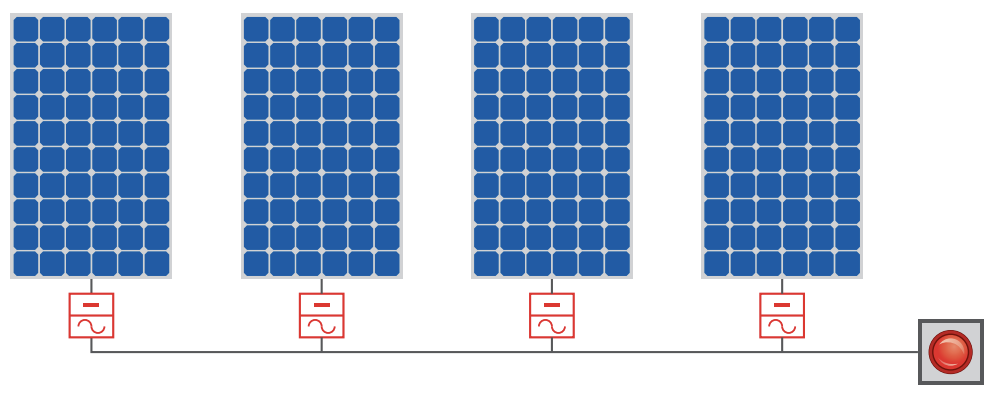
2.11 Others
2.11.1 General Practice
(1)
Warning notices shall be provided as required by the Electricity Ordinance (Cap. 406) and the Code of Practice for the Electricity (Wiring) Regulations (Cap. 406E). In addition, warning labels at all electrical equipment with dual power supply sources shall be provided to alert the maintenance personnel.
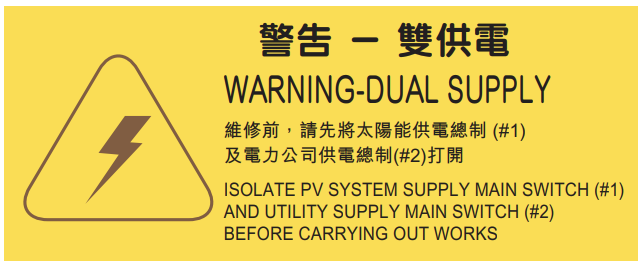
(2)
For inaccessible roofs, fall arrest systems such as anchoring points or protective barriers should be considered to allow safe access to the panels.
2.11.2 Best Practice
(1)
It is recommended to provide dry power type fire extinguishers for PV systems installed in private buildings or New Territories Exempted Houses, commonly known as village houses.
Subscribe for future updates
In order to subscribe to the newsletter or to activate e-mail notifications and content updates, you can follow few simple steps described below.It allows users to receive customized e-mail notifications when content is added or modified in EMSD.
Subscribe
x
Subscribe for future updates
We will only send you emails about the update that you subscribe to, and you can unsubscribe at any time.

